This tutorial is for you if you have a sourdough starter that’s been neglected, and you’re ready to get it going again! Especially if you want to avoid as much wasted ingredients as possible during the process. Continue reading to learn how to revive a sourdough starter from the fridge with as little waste as possible.
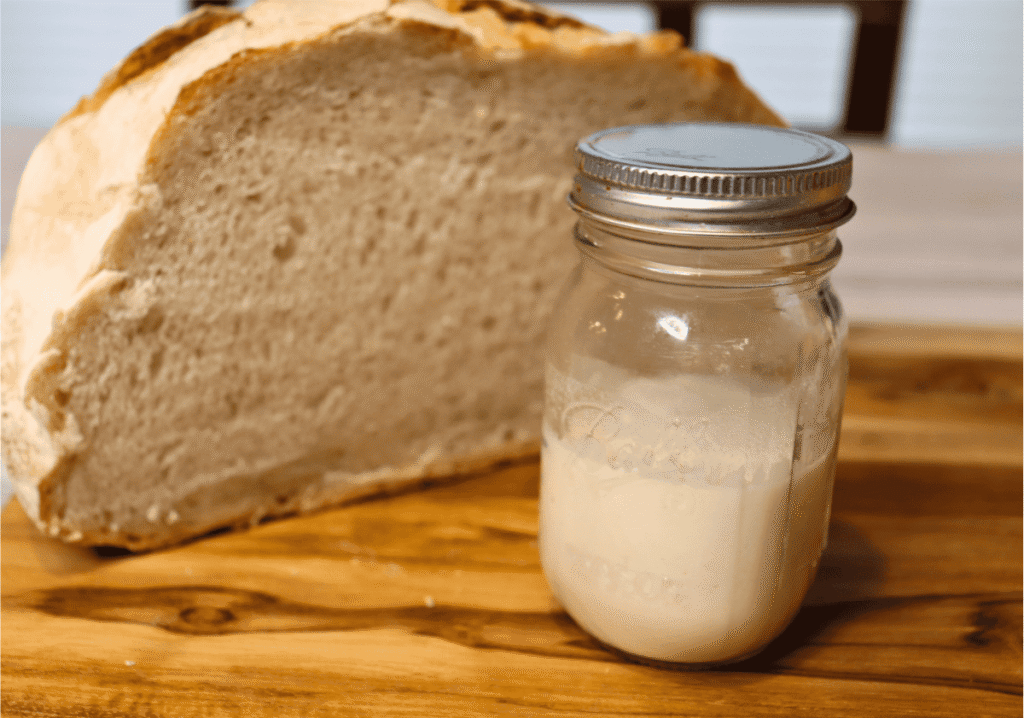
As someone who hates wasted food and wasted money, figuring out how to revive a sourdough starter had its frustrations. I felt like I was wasting so much flour and water. What made it worse is that my starter had its difficulties (aka me forgetting to feed it consistently) and took several weeks to get going again. So feeding it flour and filtered water all that time could wasted a lot.
The second time I revived my starter from neglect, it went a lot better! In this post, I will share a painfully simple tip that I wish I had used when first starting reviving my sourdough starter. This will help you reactivate a struggling starter with as little waste as possible.
What is Sourdough Discard?
Discard is the part of a sourdough starter that you throw out or reserve for “discard recipes” every time you feed the starter. The discard is no different from the part you keep, except that you are deciding to remove it. The reason one chooses to remove it is so that they don’t end up with oodles of starter on their hands. Especially if they are continuously feeding it without baking multiple times a week. Another reason you discard is that it is actually healthy for your starter.
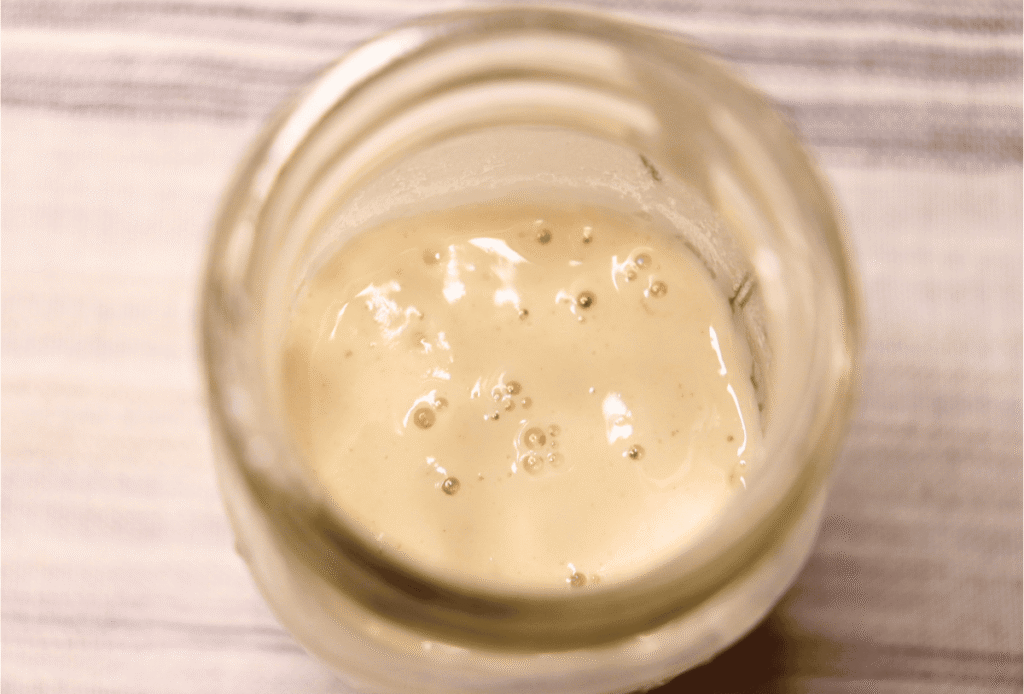
Can’t You Cook With Discard? Why Was it Wasteful?
Yes, you can! And we do often. There are several reasons, however, that the discard in the reviving process was wasteful:
- The starter was gross! If you have truly left your starter alone for way too long, you know what I’m talking about. Over an inch of black hooch sitting on top and a gross, WAY overly sour sludge underneath. This was NOT something we wanted to use in any “discard” recipe…
- As of right now, it’s just me and my husband in our household. If you are feeding and discarding 1-2 times a day, you are creating a ton of discard. It was just too much for us to reasonably consume.
Do I Have to Discard Every Time I Feed My Sourdough?
You will hear a lot that you don’t have to discard anything from sourdough. And technically, that is true with a healthy, mature starter. You could continue baking regularly and have no issue of starter piling up on you as you feed it daily. Discarding occasionally is still healthy for your starter though.
But as someone who currently lives in a household of two people with full-time jobs, we (A) can’t eat that much bread and (B) have no need to bake that much. Now I would argue that if you really want to, you almost always have the time to bake regularly, but many don’t need to in order to feed their household enough bread.
How to Discard From a Sourdough Starter Without so Much Waste
If you want to revive your sourdough starter that has spent a little too much time without a feeding, there is a simple way to avoid wasting so much flour and water. Start a micro-starter. A micro-starter is exactly what it sounds like, a tiny jar of starter.
Why You Should Use a Micro Sourdough Starter
When you are in the swing of baking, it is normal to feed your starter up to a cup of flour and a cup of water a day. But there is no reason to do so when you can’t use your starter to bake at the moment.
Instead, opt for a smaller jar and feed it less. A small starter demands less flour and water, meaning less waste. If you are working for days or even weeks to revive your starter, you could end up throwing out TONS of flour and water constantly. You don’t want that.
Learning how to revive a sourdough starter on a smaller scale has no drawbacks. It is the same process, just with less. Yes, you still have to throw out some flour and water each day if you choose not to bake it into discard recipes, but instead of a couple of cups, it’s a couple of tablespoons each day.
How to Revive a Sourdough Starter
Time needed: 7 days
Revive your Sourdough starter from the fridge with these simple steps.
- Gather Materials.
Get your sad, neglected starter and a small jar and lid to use as your starter’s new container. I use a 4oz Ball Mason Jar with a twist on lid.

- Prepare Your Starter.
Reserve 1 1/2 Tbsp of your neglected starter and add it into your small jar. Feed it 2 Tbsp of unbleached all-purpose flour and 2 Tbsp of filtered water. Stir well, cover, and set on your counter.
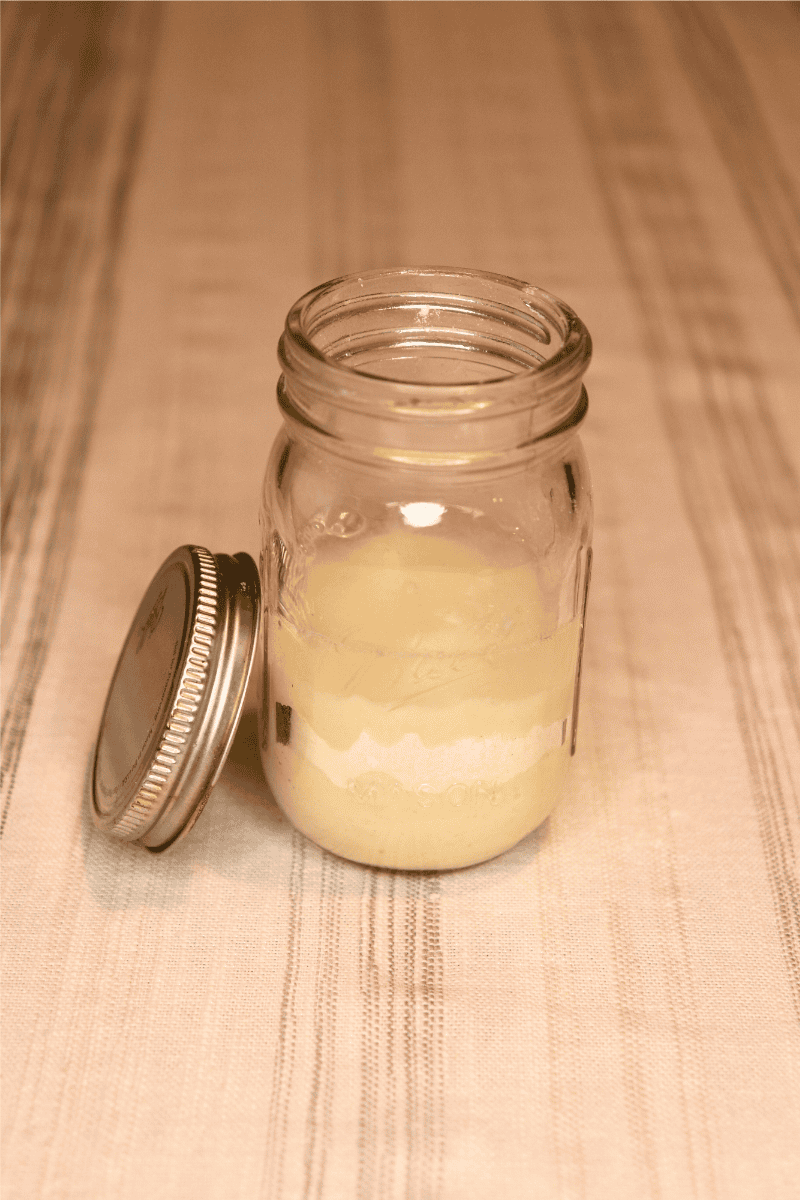
- Repeat Process Daily
Each day, you will discard your starter until you are left with 1 1/2 Tbsp in the jar. Once discarded, add another 2 Tbsp of unbleached, all purpose flour and 2 Tbsp of filtered water. Stir, cover, and leave it out on your kitchen counter. Repeat this process every day for about six days.
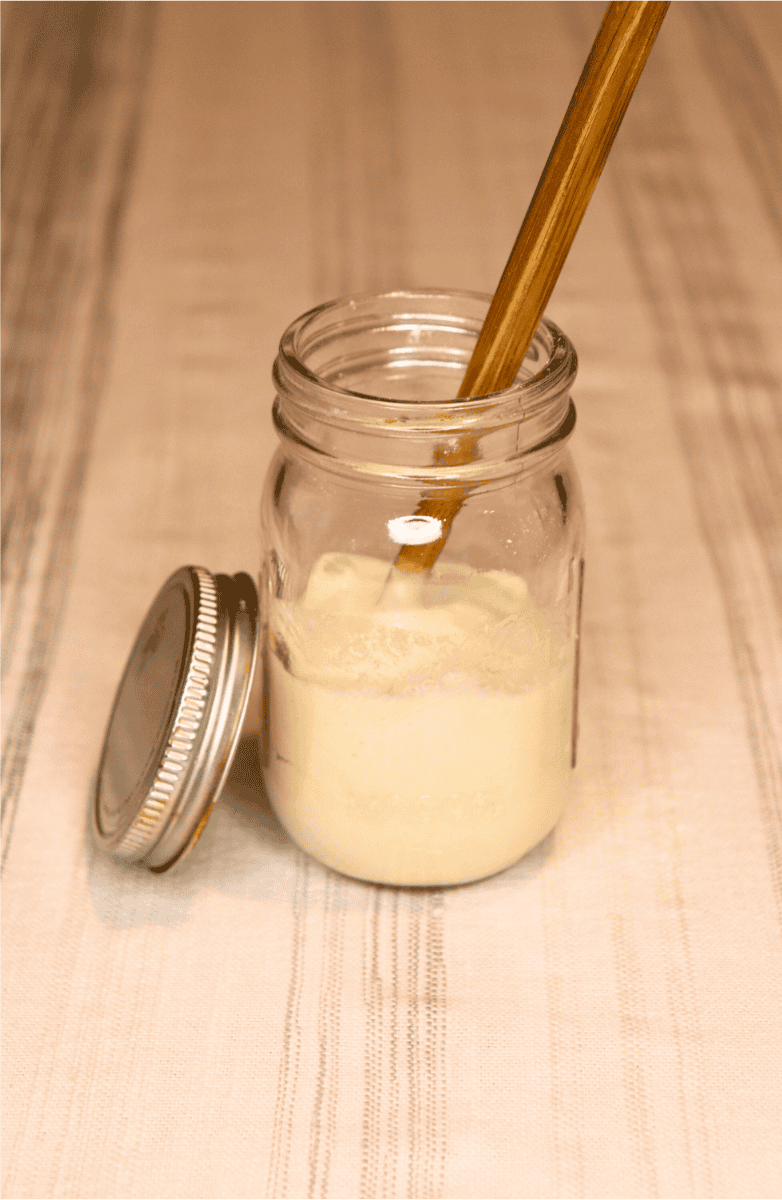
- Double Feedings
Slowly, you will start to see bubbles in your starter. After four or five days, start feeding your starter twice a day. It will take anywhere from a week to two weeks of consistent feedings to revive your starter.
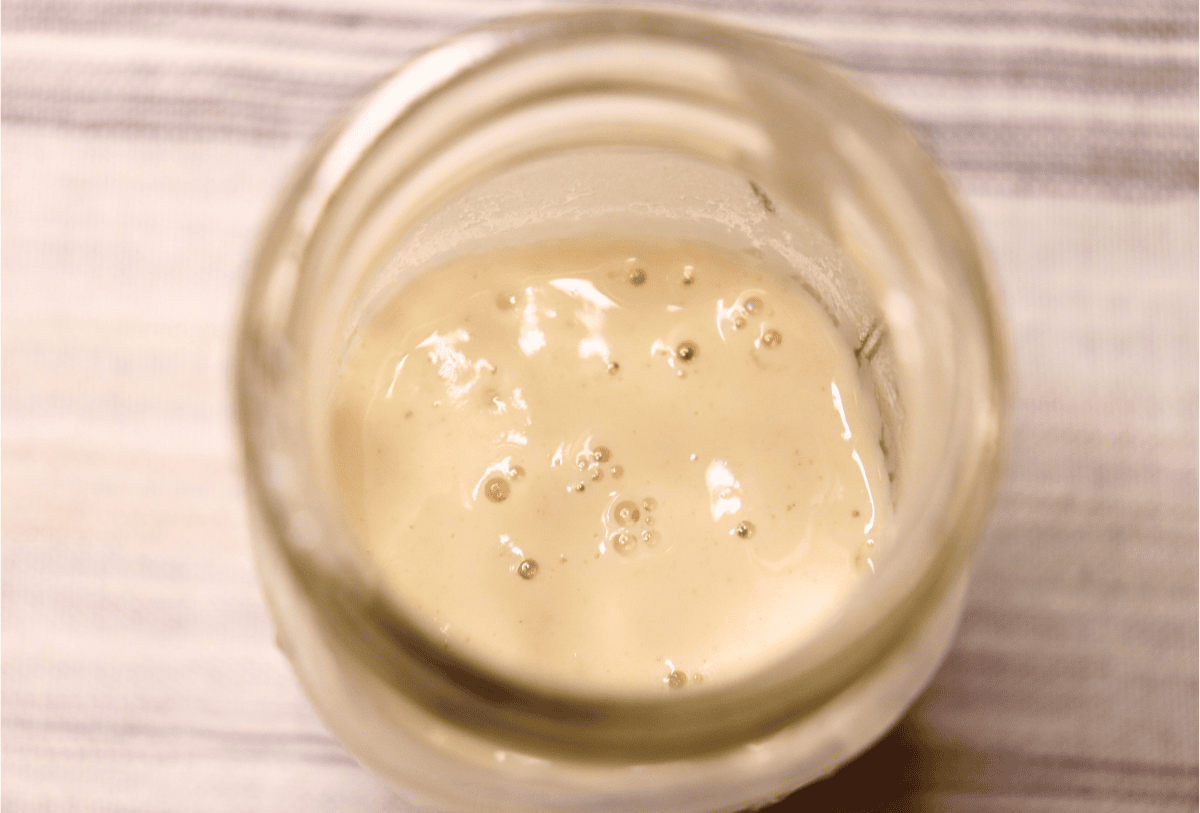
- Increase the Sourdough Size After it Doubles.
Congrats! Your micro-starter has done it’s job and given you a healthy starter without so much waste!
You can now start to increase the size of your starter by pouring all of it into a new, larger jar and feeding it more flour and water each day.
Q & A
- My starter continues to create a dark liquid on top, even with consistent feedings. What do I do?
- Feed it twice a day if you aren’t already. Another thing that will help is increasing the flour to water ratio. Try feeding it 2 Tbsp of flour and only 1 1/2 Tbsp of water a few times.
- My starter doubled before the five days. Do I start feeding it twice a day?
- Yes! Some starters are faster than others depending on how far gone it was in the first place. Start feeding it twice a day. If it continues to double, go ahead and move it to a larger jar!
- Are these times/days exact?
- Not at all. Every starter is different. These are approximated based on our own experiences and testing. Pay attention to how your starter is doing (smell, rise, bubbles) and adjust accordingly.

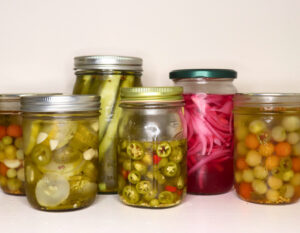
Leave a Reply